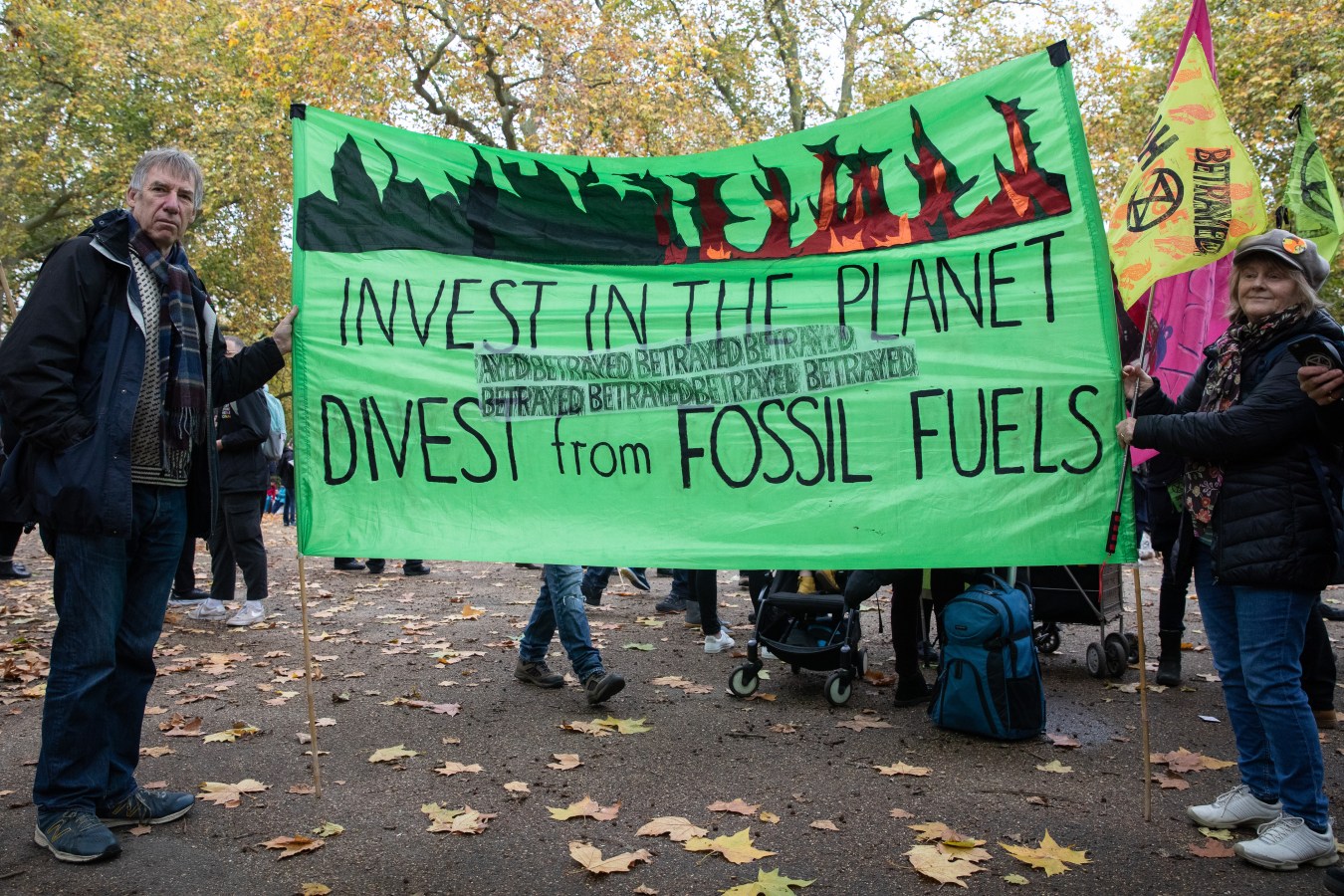Banks need to work a lot harder to ensure the emissions generated by their borrowers fall to a level which helps realise their own net zero ambitions, writes Antony Shaw, CEO of HSBC Australia.

Behind the moniker of sustainable finance lies a simple truth: banks need to work a lot harder to ensure the emissions generated by their borrowers fall to a level which helps realise their own net zero ambitions.
The world doesn’t want grand statements from big banks anymore. They want evidence the sector is making hard decisions and having difficult conversations with corporate borrowers who are seeking access to capital.
Banks around the world are responding by implementing policies which will ultimately limit financing to borrowers unable to demonstrate how they will adapt their business models to a low carbon economy.
HSBC itself has set science-based targets to reduce its “financed emissions” in both the oil and gas and power and utilities sectors. Later in February, the bank will disclose targets for more sectors in its annual report and accounts – including coal mining, aluminium, cement, iron and steel, and transport such as automotive, and aviation. Shipping is next. Thereafter, policies focused on other sectors, beyond these harder-to-abate ones, will follow in June.
This is the direction of travel for all banks and it will impact corporate and institutional lending decisions.
Global community galvanises climate policies
This means that engagement with borrowers about their transition plans is not just a ‘nice to have’ but rather a top priority for the banking industry. As the underwriters of the net zero transition, financial institutions must reward those transitioning the fastest with access to finance at scale and pace.
The Glasgow Financial Alliance for Net Zero, of which HSBC was a founding partner and whose numbers have swelled to 500 members, is further evidence of the industry’s commitment to resolving challenges that prevent the efficient allocation of capital to activities which accelerate decarbonisation.
The Australian government’s newly-minted climate policies – which were legislated late in 2022 – are another critical step for local business. The clear direction of its policy platform has removed ambiguity about the nation’s climate position, providing the necessary certainty to get on with transition. The finalisation of a local sustainable finance taxonomy will add even greater clarity and help define the difference between those leading on transition to net zero and those lagging.
Elsewhere, Europe’s Carbon Border Adjustment Mechanism means corporates will incur a carbon tax at the European border if their goods or services have not incurred a carbon tax before arrival.
And while not applicable to Australian borrowers in its current form, the European Banking Authority’s capital weightings are impacting the cost of capital globally. This will increase the cost of lending to heavy emitting industries by assigning risk-weightings via “a green incentive, or the brown penalty” to a borrowers’ assets.

These efforts combined are embedding a truer cost of carbon on business, albeit there is more to go to get this right. However, it begins to provide banks the analytical tools that show borrowers how they rank against their competitors on transition pathways. It also demonstrates the impact on their credit rating and cost of capital if they chose to continue on, or deviate from, a science-based transition path.
Client engagement remains crucial
The obvious challenge is for companies to formulate the transition plans which have become an ongoing condition of doing business and signal their ambitions to the growing chorus of stakeholders who are demanding tangible proof of ESG commitments.
The role of banks is to actively engage with these borrowers and support their efforts. This includes developing financing and investment solutions to enable even the most heavy-emitting sectors to progressively decarbonise, while also maintaining a stable economy and resilient energy supply to protect accepted standards of living. This latter point has particular pertinence for Australia given its natural resources endowments.
Banks globally have begun publishing detailed policies to phase out the financing of fossil fuel sectors, such as coal-fired power and thermal coal mining, and facilitate an orderly energy transition. More sector-specific policies will come and more banks will join the ranks.
Some would argue that banks’ commitment to net zero is driven by marketing hyperbole. That is not the case.
The industry’s commitment to transition is driven by its own exposure to climate risk regulations that reward those transitioning the fastest, as well as market mechanisms pricing in the true cost of carbon on business. Finally, and most importantly, banks are motivated by the urgent need to fund activities that mitigate climate change.
The industry’s goals can only be achieved in partnership with our clients. Constructive engagement is essential to align capital allocation to those serious about transition if we have any chance of limiting the worst impacts of climate change.
Antony Shaw is CEO of HSBC Australia


